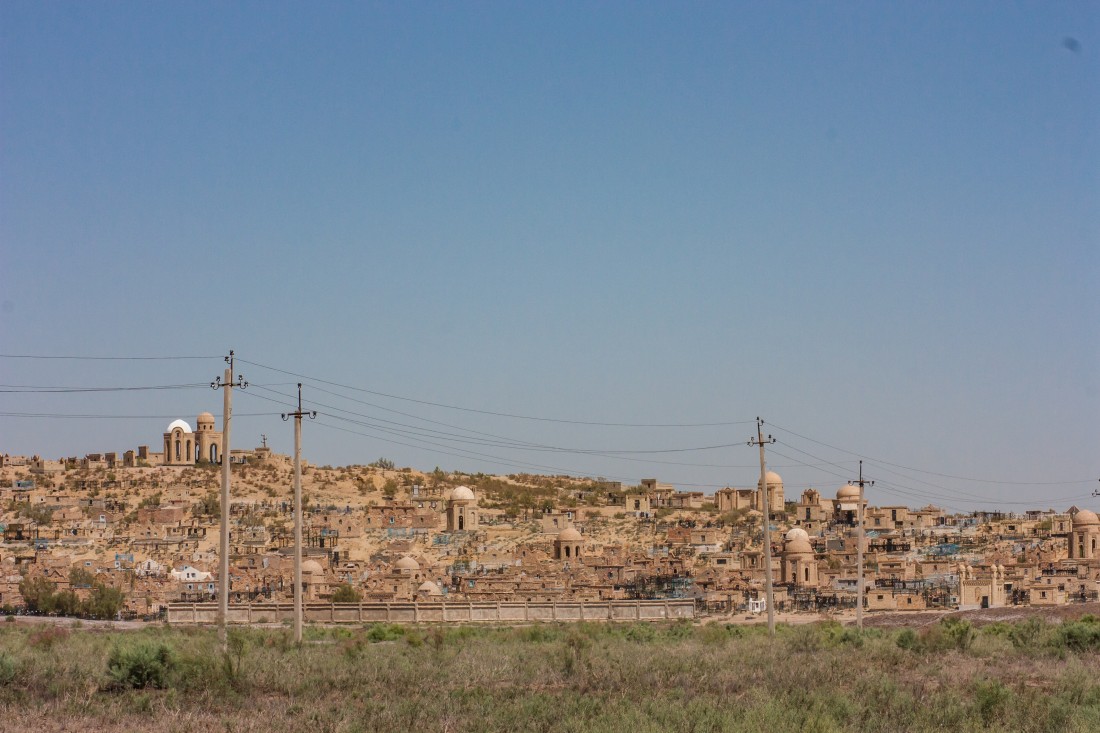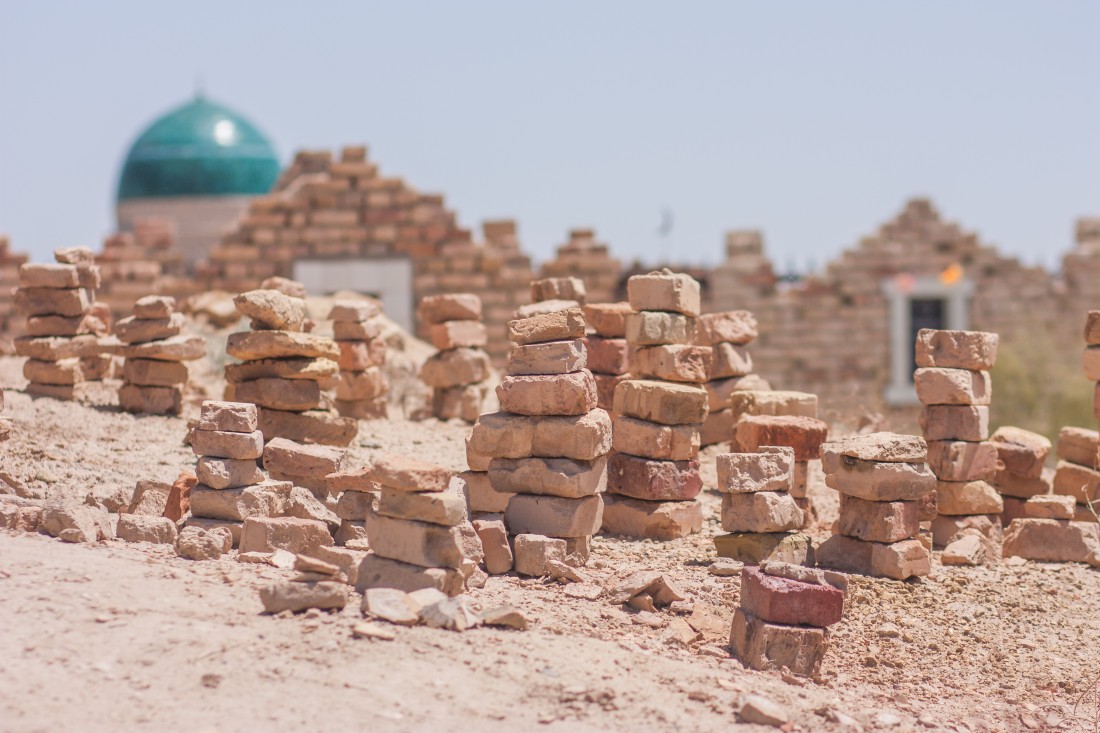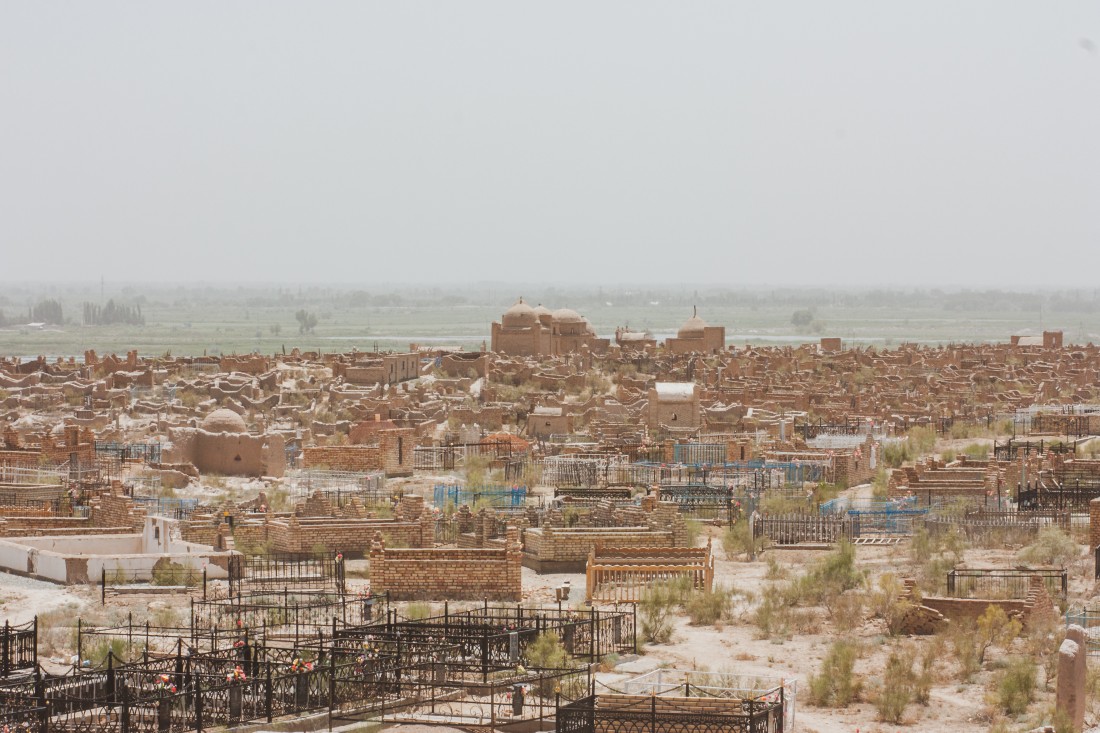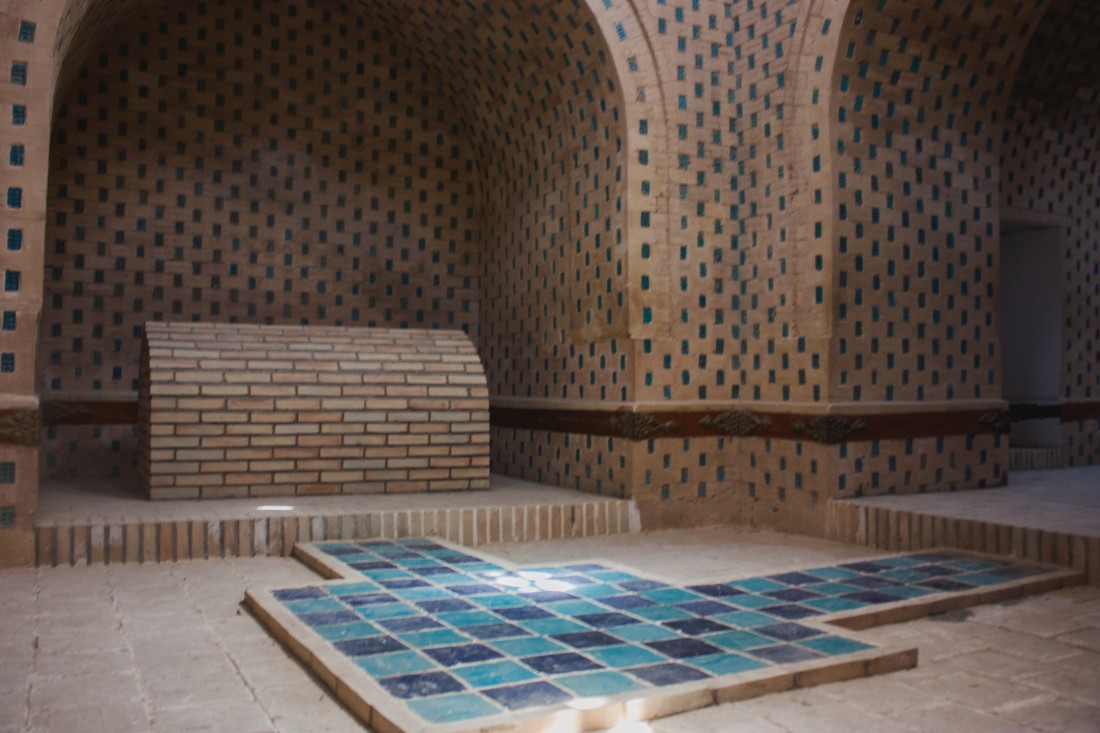Ancient necropolis of Mizdahkan
Uzbekistan is full of surprises. Rich culture, interesting history and fantastic legends envelop our country. In the most unexpected corners, amazing places can hide, concealing the gloomy spirit of ancient monuments.

The Mizdahkan necropolis is an ancient cemetery, an archaeological complex of structures located 40 minutes from the city of Nukus, occupies two hundred hectares of area. There are ancient burials here, some of which have a 2,400-year history. Mizdahkan is one of the oldest and largest cemeteries in the Central Asian region. Since ancient times, this place has attracted numerous pilgrims with its sacredness and mystery. The latest burials date back to the XIV century.
According to legend, there is a "World Clock" or "Apocalypse Clock" on the territory of the cemetery, counting down to the end of the world. Every year a brick falls out of the wall of the "clock" and, as the legend says, when the last brick falls, the apocalypse will happen. Therefore, pilgrims who come here carefully collect stones, carefully folding them side by side and reciting a prayer for salvation.
Approaching Mizdahkan, it is already visible from afar, because it is located on three hills near the city of Khojeyli, in the middle of the Turkic steppes. Among the numerous tombstones, one can see the sacred mazars and the Jumart-Kassab mound – the heart of the necropolis. The fabulous city of the dead appears in all its glory.
There is no exact historical data about Mizdahkan, but the name of this place is consonant with the name of the Zoroastrian deity Mazda (or Ahuramazda – the supreme god), mentioned in the holy book "AVESTA". It is also known that the first person of the Zoroastrian religion Gayomard is buried under the Jumart-Kassab mound. Many scientists correlate this version with the burial place of Adam.

Also on the territory of the necropolis you will see the underground mausoleum of Princess Mazlumkhan Sulu and the mausoleum of Shamun Nabi, the Giaur-Kala fortress, the mausoleums of Khalfa Yerezhep and Mademin Khan, the Caravanserai, the Kyryk-Shopan fortress, the Jomart-Kassap tower, madrasah and other burials. There are countless mazars throughout the cemetery, which have a thousand-year history. Some of them are so well built that they have practically not lost their original appearance. Near the graves you can see ancient relics: fragments of various utensils, vessels, and assuaries.

Near the necropolis was the settlement of Mizdahkan. It originated in the IV-III centuries BC and was located on the western hill of Giaur-Kala. The settlement was destroyed several times, first during the invasion of Genghis Khan, and then in 1338 during the campaign of Amir Timur.
Another interesting detail of the necropolis. On the territory of the entire cemetery, the number seven often appears one way or another. At this point, the number seven began to play a special importance. Many pilgrims consider it mandatory to assemble a pyramid of seven bricks near the "World Clock", so there is a belief that good will prevail, and only a happy life will wait ahead.
Leave a comment
By logging in, you agree to the processing personal data
See also
Workhours: 9:00-18:00, Mn-Fr
For any questions
Uzbekistan


 UZB
UZB RUS
RUS JPN
JPN ARA
ARA FRA
FRA CN
CN DE
DE POR
POR ESP
ESP TUR
TUR ITA
ITA HIN
HIN MAL
MAL





A comment